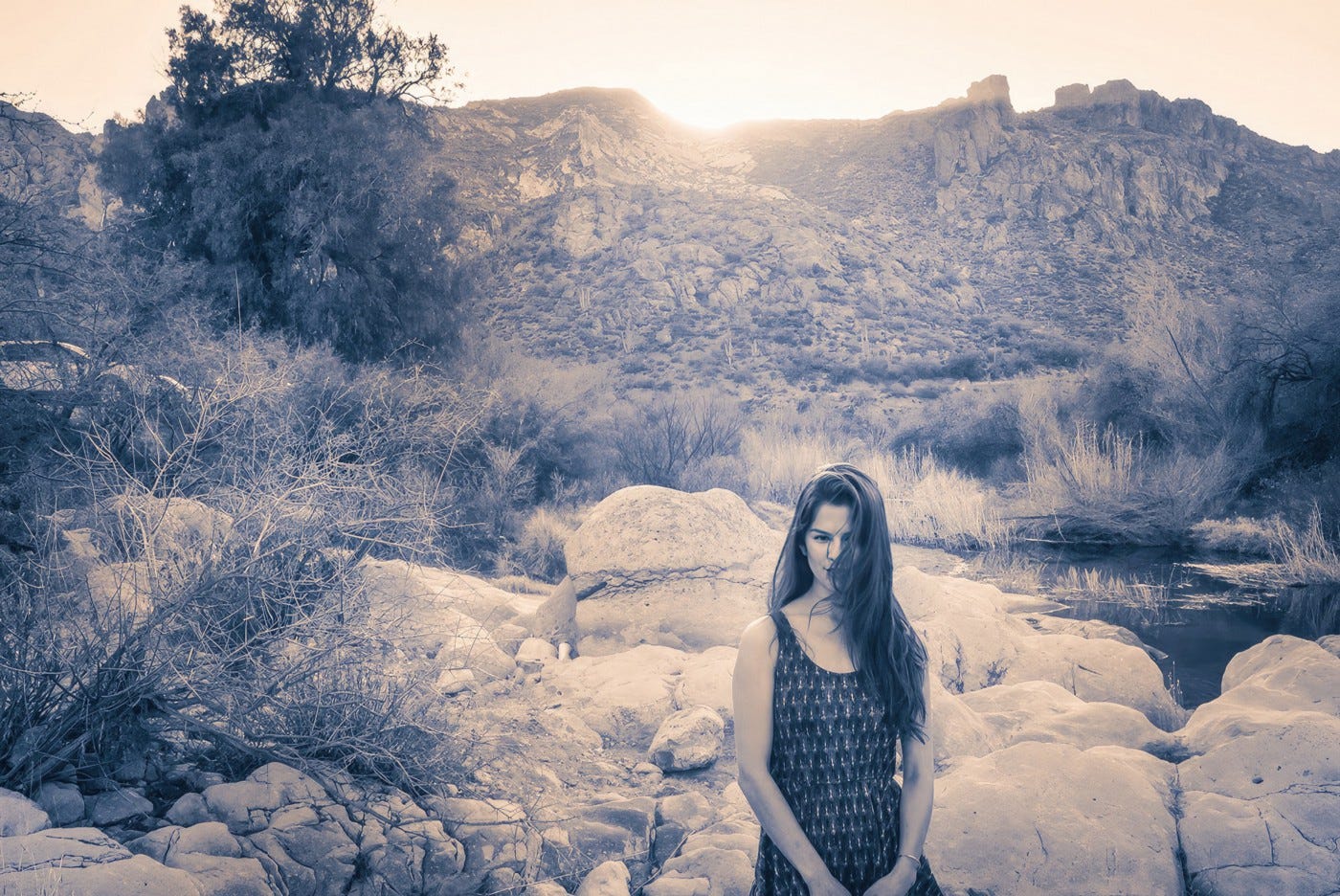Ten Life Lessons You Can Learn From Photography
If you think about it, photography has a lot to teach us about living.
After 55+ years in the art and commerce of photography, I have a couple of observations to share about photography and its relationship to how we do life.
It’s all about the framing
We have to fit everything in the frame that we want in the photo. And at the same time, we have to eliminate the things that we do not want in the image. We call it composition, and it is one of the most important aspects of photography.
What you frame is what you get. If your life is a bit unbalanced, remember that you get what you see. Change your frame, change your context, change your situation, and see what can happen.
Timing is everything
Knowing when to press the shutter demands constant attention. Is the light right? Is the subject where we want them? Have we controlled our frame to make the best outcome possible?
Timing the shot means knowing all about the subject before us and how it will be captured by our actions. We can miss our shot if we miss our timing.
What was possible a few milliseconds ago is now gone forever.
Be ready to take your shot by anticipating when it would be best, and be as patient as you need to make it great.
Focus on what is important
Keep your focus on the subject. Let the background go blurry if you want. Or keep the entire photograph in focus from foreground to background. It’s up to you and may vary from shot to shot.
But you are the one in control of where to put that focus, and when you get it right, the subject may seem sharper and more vibrant. The subjects of our lives are what we focus on. What are you focusing on?
There are many approaches.
Some photographers use film, some use digital. Some images are brightly colored and some are black and white. The work you create through your photography is uniquely yours and is neither right nor wrong for you.
Others may criticize your choices, your point of view, your pallet of tones, but they didn’t see what you saw, and they didn’t want what you wanted.
Whatever your approach to life, make it one of personal choice and not a response to uninvited critics
Change your Point of View
Get up high, or way down low. Look at the subject from various levels.
Maybe you need to get closer and put less distance between you and the subject.
Perhaps you need to get back a bit more and add context and background to what you are photographing.
Changing your point of view is one way to see the subject in many different ways, and not making a hard decision that eliminates any opportunity for a different image.
And sometimes you know, you just know, that the point of view you are using is the best and double down.
Use the tools correctly
Cameras come in a lot of different shapes, sizes, quality, and price points.
Choosing the tool means making sure it is right for YOUR photography.
Never depend on someone else’s opinion as a sole decision for your gear. It is as personal a choice as one can make.
You want to use what you have in ways that you know so you can make what you want.
One person’s favorite tool may not have any bearing on what you do, and trying to shoehorn it into to your life can be difficult, unworkable, and in the end more confusing than helpful.
Take lots of shots
You gotta make a lot of images to make a few good ones. Camera to eye, you weave and jump, crawl, and lean.
The effort means you come back with a quantity of work that is filled with bad exposures, missed focus, compositional fails, and images you can’t imagine you wasted a frame on.
Yeah, that’s what we do. We take our shots when they are in front of us. Most of the time we fail, but occasionally we make something really grand, really unique.
Those moments are not given to us randomly, we have to work to make them happen. And that work means we keep at it and never tire of the journey.
Show off your finest work
Be generous with your talent. Be giving with your work. The world needs to see what you do, and you need the world to see it. Pride in the work you do translates into the possibility that you get to do more of it.
When we stand up and say “I did this” it isn’t bragging or being egotistic, it is acknowledging the work that you created and inviting others to rejoice in it as well.
When we embrace and share our successes as well as acknowledge the losses, we begin to see the work in a whole new light.
Lighting is everything
Light illuminates the subject. Light is necessary for the process, but it also allows the photographer to add mystery, romance, and emotional cues that can put the subject at a different level than the reality of the moment actually was.
We control our lighting. We add the mystery, the shadows, the highlights of our work. We can use the light to reveal, the shadows to hide, and present ourselves with a vision that makes us know more about it than was seen with the ‘naked’ eye.
The light we choose can change the subject in dramatic ways. Choose your light wisely for the best outcome.
Always be shooting
Carry a camera everywhere. There is no telling where a shot could reveal itself. Whether a phone, pocket camera, or big rig, photographs are available everywhere you are. But, as with most things, you must be ready to see them.
The more you engage with your creative side, the stronger it gets. In fact, the more you engage with anything, the stronger it gets. And the stronger our engagement, the more opportunities can be seen. The opportunities in our lives are what allow us to grow, and love, and be happy.
When we are ready for the opportunity, we may get to take the shot.
All photos are mine.
I am a photographer, designer, and photo editor. You can find me at my self-named website or at Project 52 Pro System (enrollment begins January 6, 2023) where I teach commercial photography online. This is our tenth year of teaching, and it is the most unique online class you will find anywhere.
Check out my newsletter and community at Substack. We are new, but growing.
You can find my books on Amazon, and I have taught two classes at CREATIVELIVE.









